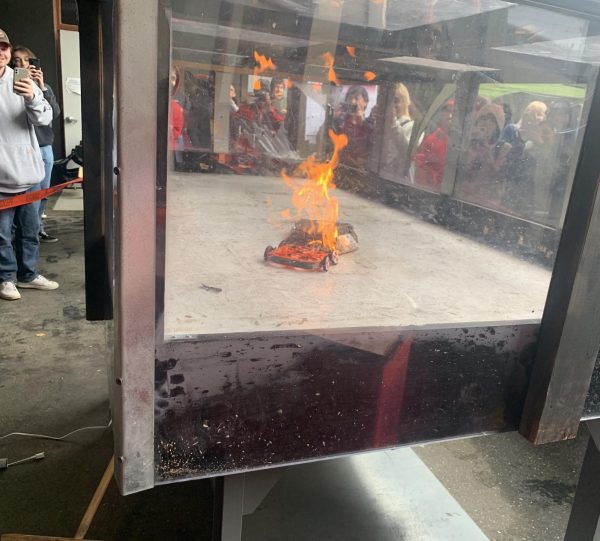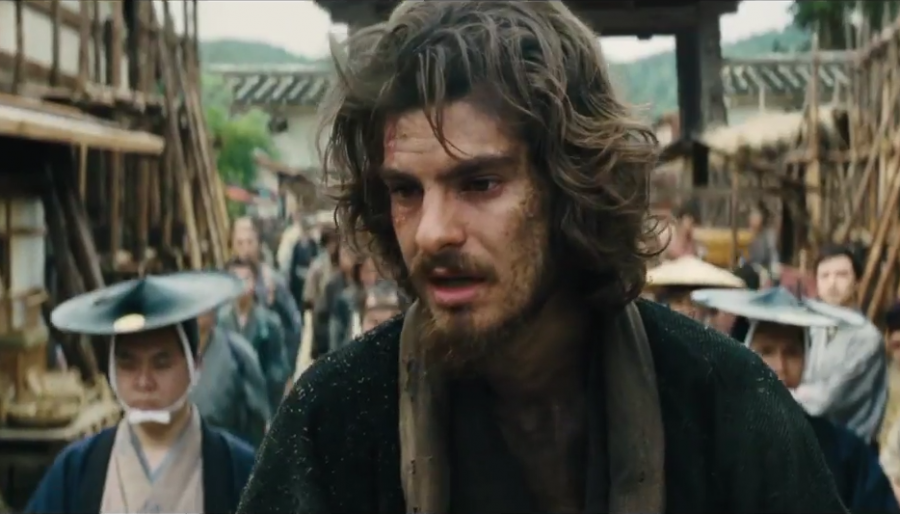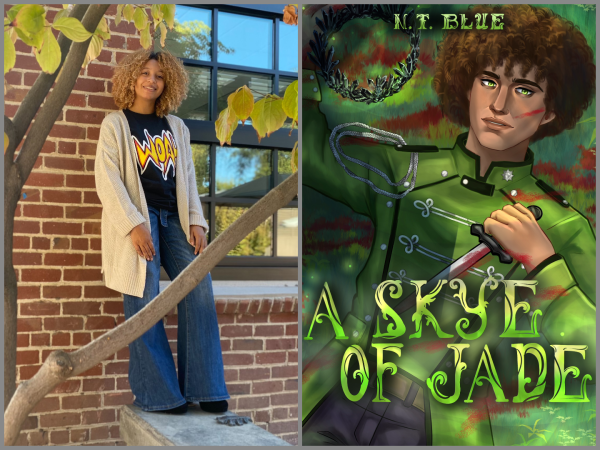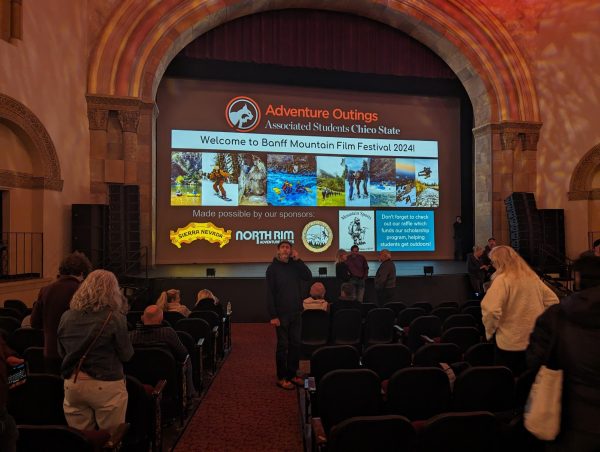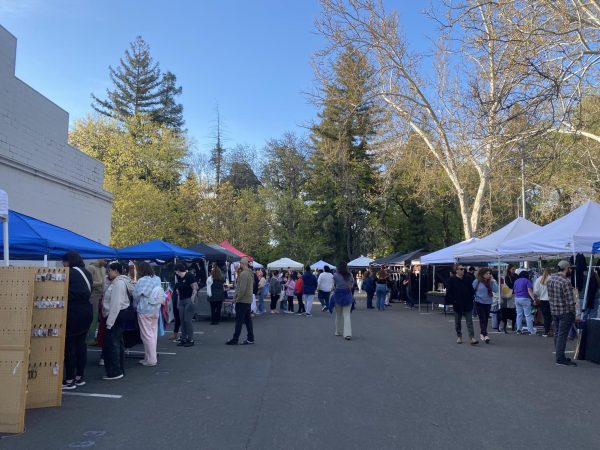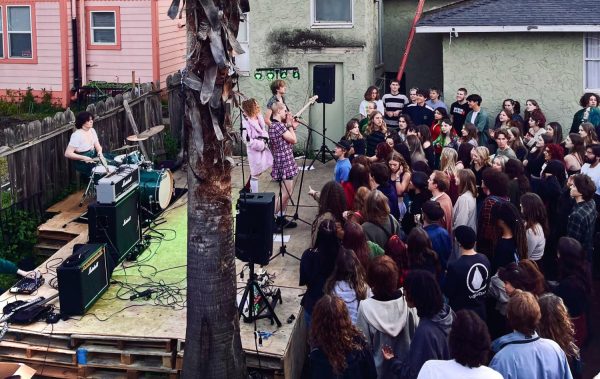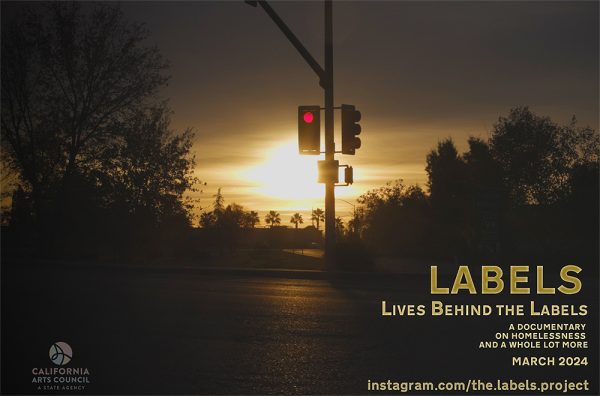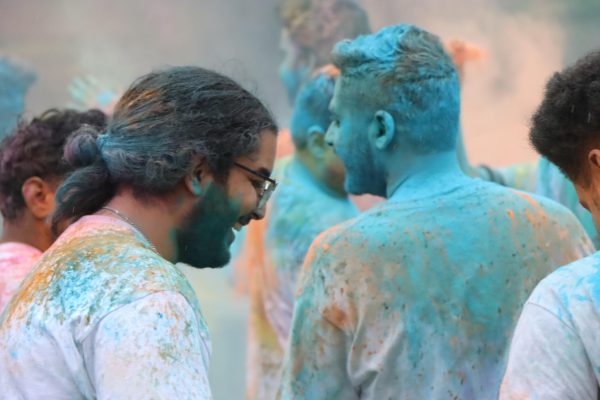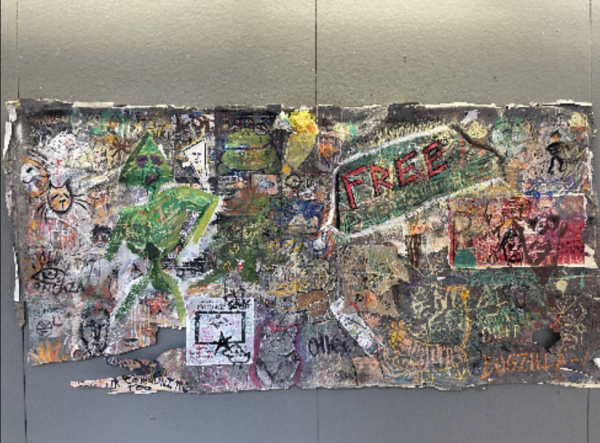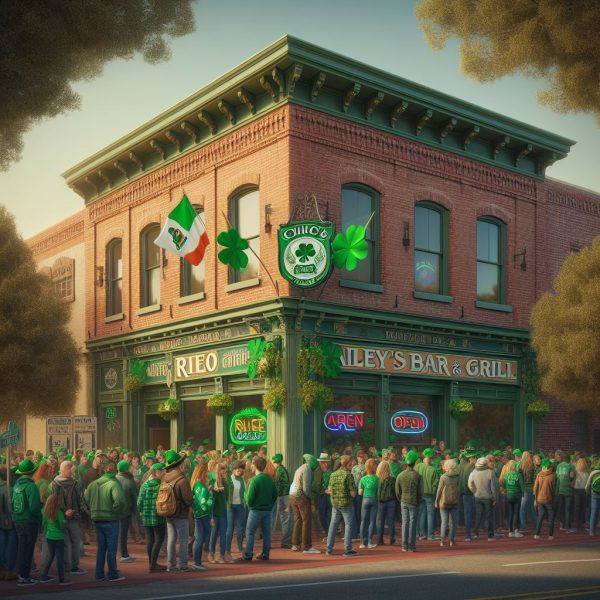Silence narrowly avoids overstaying welcome
Bless me, father, for I have sinned, for I must confess that Martin Scorsese’s much-anticipated passion project was too long.
“Silence” is an adaption of Shūsaku Endō’s 1966 novel of the same name. The adaption follows Father Rodrigues (Andrew Garfield) and Father Garupe (Adam Driver), two Portuguese Jesuit priests who travel to Japan after hearing rumors their teacher, Father Ferreira (Liam Neeson), renounced his faith due to cruel and unusual punishment for spreading the gospel in isolationist 17th century Japan.
In disbelief, the two priests set out to find Ferreira, while simultaneously confronting their own faith and repercussions of their doubt.
“Silence” is poignantly thoughtful and brutal. The film’s layers of religious symbolism, that I will admit far surpasses my knowledge of theology, deserves attentive consideration.
The opening scene is a feat of beauty, subtly presenting alluring fog that gently reveals a morphing composition of frame, setting the tone early for elusive cinematography by Rodrigo Prieto. No Film School’s interview with Prieto reveals baroque painters as influences for blue tones early and warm tones in the latter half of the movie. Prieto also elaborates on using both digital and 35mm film. Daytime shots use 35mm film grain to add atmosphere and the digital cameras low light performance enables the use of only candles and fire to light nighttime scenes.
Driver and Neeson provide adequate minor roles. While Garfield’s performance was powerful and raw, his accent is often fleeting. Tadanobu Asano, as the Japanese interpreter, and Issey Ogata, as the governor, both shine as top performers with genuinely unique performances. The two Japanese actors conversations with Father Rodrigues pertaining to Japan’s sterile, isolationist views on religion are fascinating. Ogata’s and Asano’s friendly, yet, mocking tone in response to Garfield’s ignorance of the foreign land he traverses, create enthralling moments that save grace for the films shortcomings.
My main gripe is this film is 160 minutes long. For a Scorsese movie, this seems par for the course, but the problem is the tone and momentum of the scenes are too slow to keep the audience captivated for almost three hours. Certain scenes linger leaving the audience restless in anticipation for the next scene.
In the end, who am I to say that Scorsese should cut parts of his passion project he’s worked on since the ‘90s, after all, he’s only a master of cinema. With all things considered, this is a beautiful movie that demands thoughtful attention and is worth watching if you’re carrying some spare patience on hand.
Jared Shibuya can be reached at [email protected] or @theorion_arts on Twitter.




